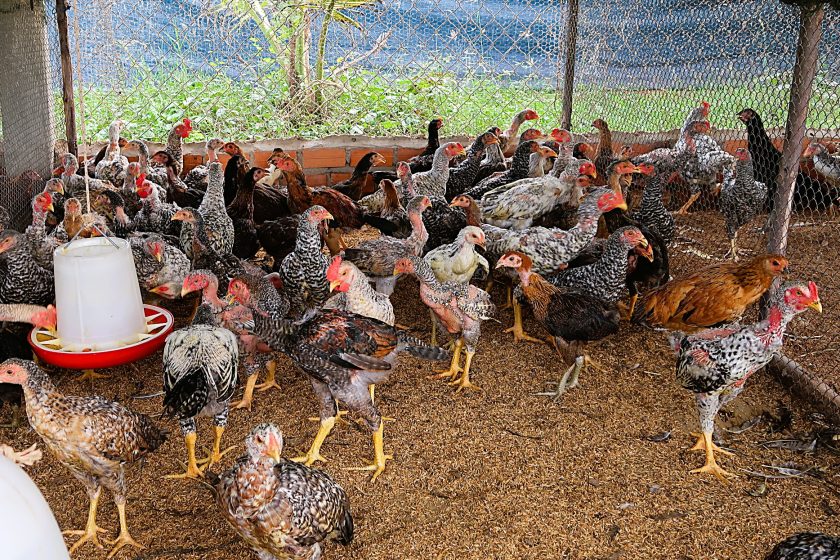Cambodia has confirmed its 12th human case of H5N1 avian influenza in 2025, with a five-year-old from Kamakor Village in Kampot province.
The child tested positive on July 3, after showing symptoms, and is now under intensive care. He reportedly played with his family backyard flock of 40 chickens, several of which were sick or dead.
Rising count is a national concern
According to Cambodia’s Ministry of Health, human cases have accelerated sharply with seven of the 12 infections reported in June alone. This is an unusually high monthly spike.
These cases follow a resurgence of the virus in 2023, after an eight-year lull. The latest World Health Organization (WHO) update on Cambodia, which does not include the latest case, noted that since H5N1 was first detected in wild birds in 2023, the country has recorded over 83 human infections and 49 fatalities. Of the 27 officially logged cases since its reemergence, 17 have occurred in children.
The highly pathogenic H5N1 virus continues to circulate in Cambodian poultry, and new reassortant strain has emerged. It combines genes from an older Cambodian clade with those from the global 2.3.4.4b clade.
Limited compensation fuels underreporting
While the Cambodian government is working to stem the virus spread, it reportedly offers no compensation to small farmers for birds lost to avian influenza. This discourages farmers from reporting outbreaks. Instead, many villagers often consume the sick of dead birds themselves, sometimes sharing them with family or neighbors.
Most of the cases have so far involve close contact with sick or dead poultry from backyard farms, and there is no evidence of human-to-human transmission. However, there are fears that each spillover into humans increases the risk of the virus mutating and adapting to human hosts, making it essential to monitor the Cambodian cases closely.
However, based on currently available information, WHO assesses the current risk to the general population posed by this virus as low. For those with occupational exposure, such as farm workers, the risk is low to moderate, depending on the safety measures in place. The organization regularly reviews and updates this assessment as new data becomes available.

